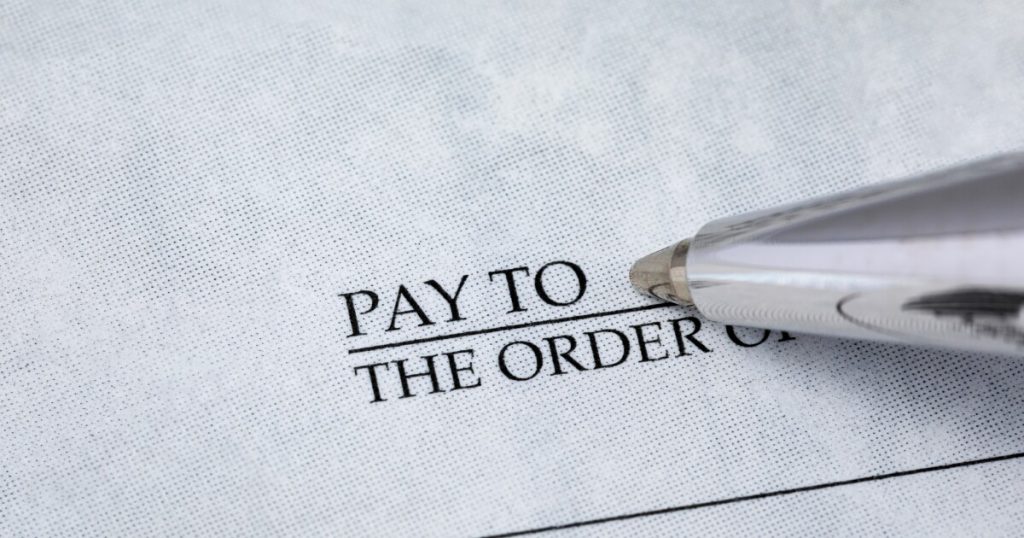In 2025, banks plan to make significant increases to their tech spending, and enhanced security and fraud mitigation are the top priority according to research released this month by American Banker.
The increased spending is a response to rising fraud incidents, including a notable increase in check fraud. Suspicious Activity Reports, or SARs, related to check fraud have nearly doubled from 2021 to 2023, according to the
Community banks
One situation that concerns community banks about check fraud is when their customers write legitimate checks that fraudsters counterfeit. When a fraudster deposits that check at another bank, the community bank often ends up eating the loss under banking rules that put the onus on the paying bank to make a claim against the depositary bank to recover the loss.
Banking laws also require banks to make deposited check funds available often within two days, which in some cases is not enough time for a bank to detect the check is fraudulent.
Vendors selling check fraud solutions often hawk AI-based software for detecting alterations to checks and flagging suspicious transactions or accounts. Many survey respondents (65%) said that AI will be highly valuable or critical to addressing fraud and money laundering. The top obstacle to adopting AI that respondents cited was money, with 46% saying budgetary constraints restricted their ability to adopt AI.
In that survey of 486 leaders at financial organizations, 71% of respondents said their organization had identified fraud rings as being responsible for the majority of attempted fraud events. Another 15% said customers who were coerced had been primarily responsible, and 14% said customers who acted knowingly were responsible.
Many fraud executives have expressed concern that “the low barriers to entry associated with check fraud and authorized payment scams,” combined with “economic uncertainty,” have together created “the ideal conditions” for crime rings to expand their ranks, according to Trace Fooshée, strategic advisor at Datos Insights, who commented in the report.
How check fraud schemes work
Check fraud stands out from other forms of fraud for the complexity of associated schemes and the illicit economy that supports them. Fraud rings typically require someone who can steal checks and alter them, then cash or deposit them. Each of these illicit tasks can be carried out in myriad different ways, and intermediaries offer
Some fraudsters start by stealing checks from the mail, either from U.S. Postal Service facilities or during delivery, gaining access to legitimate checks and sensitive financial data.
Check fraudsters then use techniques such as check washing, where they use chemicals to alter the check, typically changing the payee and the amount, or check cooking, where they digitally manipulate an image of a stolen check to create counterfeits.
Fraudsters can also deposit unaltered checks with forged endorsements. A collusive account holder or money mule often deposits the check, or the fraudster sells the check to another criminal.
As a result, the paying bank clears the compromised check and the criminal withdraws the funds before the financial institutions realize the check is fake.
The Federal Trade Commission has also
These check scams often turn the victim into the liable party. Banks must make funds from deposits available quickly, usually within two days, but this does not mean the check is valid. It can take weeks for the bank to discover that a check is fake.
